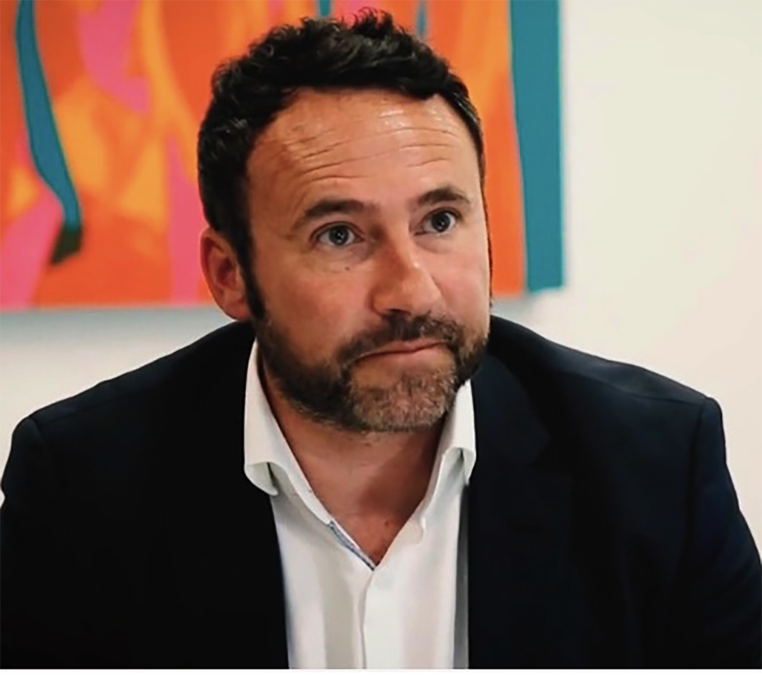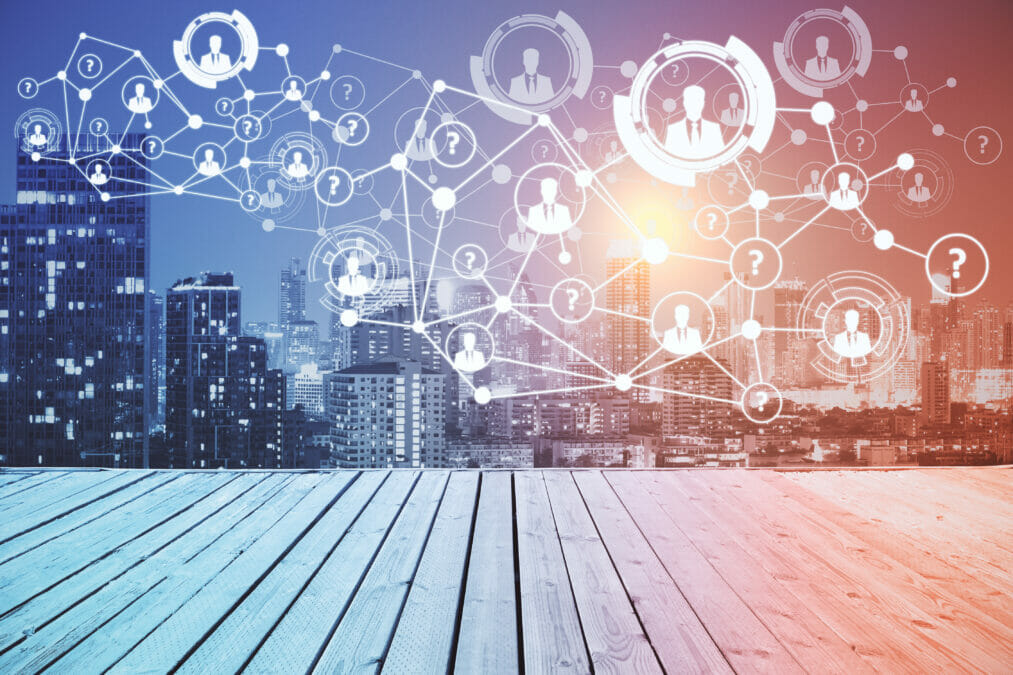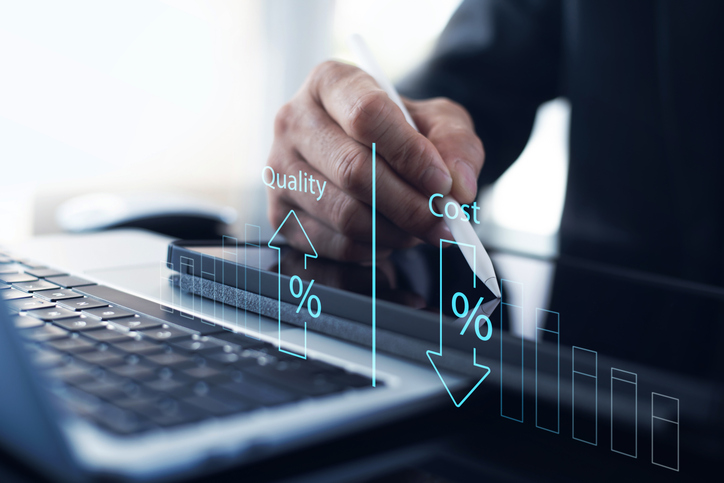As of April 2021, there are 145 million Microsoft Teams users. Things have adapted fast, and for the better. The crisis brought out the best in organisations despite the challenges that individual businesses might have faced.
Most scaleups started their business on an Excel spreadsheet, and many stuck with it. Some, amazingly, still do. This was bad pre-pandemic, when a lack of consistent comms, culture and performance processes caused a lack of clarity, uneven culture and below par performance. Admittedly, many are missing out on the benefits that AI tools can bring in order to leverage data to predict, suggest, and inform people in more intelligent ways. Likewise, technology is already informing a percentage of companies on how much to pay employees, career paths and promotions, and insights on who to hire.
One positive outcome of COVID is organisations having to re-shift their attention to tech that ultimately helps to put the workforce first. According to Deloitte, organisational cultures that have challenged normal hierarchies and displayed agility in decision-making have a direct impact on performance. A ‘digital DNA’, which includes ‘vibrancy and energy’, has helped businesses to deal with the disruption.
The post-pandemic office: how to prevent burnout
Out of office, out of touch
Bumble is a classic example of what happens when you don’t stay in touch with a workforce. Yellow messaged mirrors aside, how this organisation got to sending all staff home for a week to address burnout is a difficult one to fathom. With the future of work looking likely to be hybrid, technology needs to adapt to avoid these corporate misses.
Digital communication platforms are there to help overcome challenges with inclusion, and should ensure that remote or in-office employees have an opportunity to feed back their thoughts and have a voice. News feeds, team chats, social channels, video meetings, phone calls, emails and pulse surveys are all likely to help ensure you build a positive culture regardless of location.
Tech and the ‘third workplace’
The bigger picture is that a ‘return to work’ doesn’t mean back to the office. It might not even mean remote working. The talk of the rise of the ‘third workplace’, where employees can work from wherever they choose, means that a modern day workforce needs a completely mobile infrastructure.
So what does this look like? Firstly, using an integrated company news feed as part of your communications platform allows remote workers to cut past the often-laborious task of checking their emails and get to the priorities of the day. While emails can be easily overlooked, a news feed that highlights urgent issues and offers real-time updates which remote workers can receive across different channels helps boost a culture of openness and inclusion. Having the tools to communicate health and safety updates results in transparency around important matters like the risk of transmission and the safety measures implemented.
How to inspire and empower your remote or hybrid workforce
Supercharge your people management
A key question for organisations post-pandemic has to be how they leverage tech beyond workforce optimisation. Utilising your performance management software or performance management initiatives, so that this core messaging is built into the daily lives of your remote workers, is the first step towards firmly embedding your culture into their mindset. Data-driven insights provide the basis for informed decision making and a more strategic HR function, as well as result in high performing cultures with more engaged employees and higher retention. Add AI to digitisation of HR processes, then business leaders and HR managers can get access to unparalleled levels of actionable workforce insights and trends.
When the pandemic forced us all to change the way we work, with that we produced a whole new source of data to assess. As the future of work is online, businesses will want data on online time, or email usage time for example.
The emergence of ‘SuperTeams’
Implementing new technologies and a creative use of technology can make the most of an individual’s human capabilities, and therefore the best of a team. Deloitte talks of ‘SuperTeams’ — the mix of people and machines to gain insights, data and create value. AI shouldn’t be used to replace humans, but to simply find new productive ways of working. Indeed, not only should AI initiatives help to transform productivity but it should be also used to develop a culture of doing the right thing by the workforce, improving employer brand and employee motivation.
Software for people, not for managers
In summary, the main development when it comes to HR technology beyond work optimisation is the shift in user base. Whilst previously software was designed for HR managers, today it is designed for employees. Teams need to understand the organisation’s mission and values, yes, but they also need to feel connected and included, wherever they are. Coming back to the ability to cope with change, disruption and growth, organisations with a digital DNA to support and understand their workforce are set up for the future of work, whatever it looks like.








